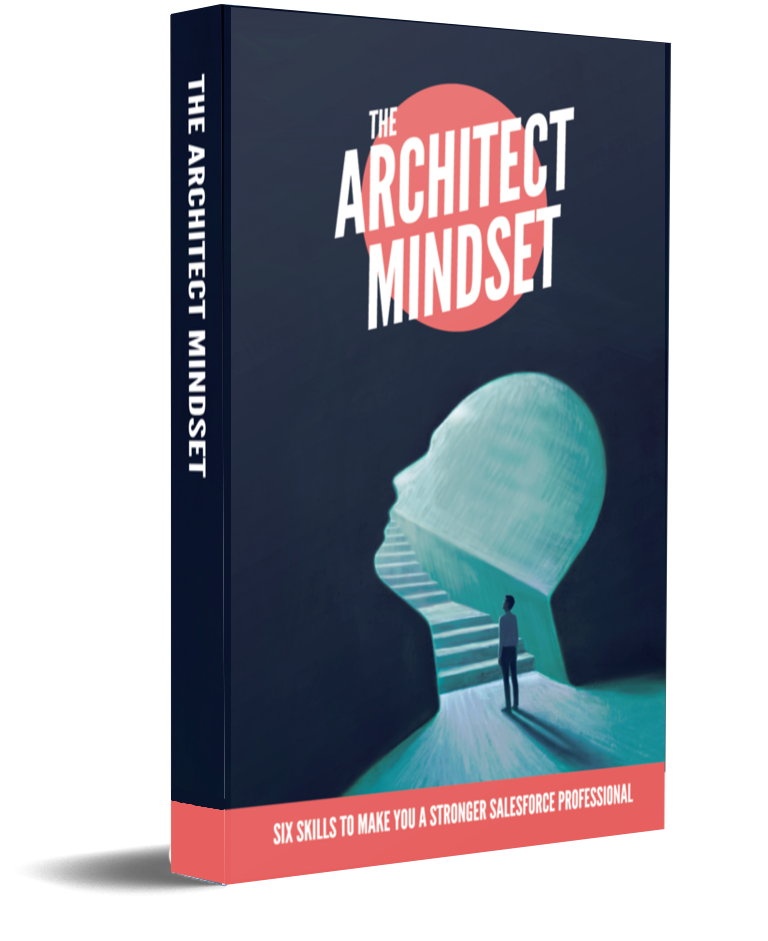
One of my favorite parts of working in the Salesforce ecosystem is the opportunity to work with many incredibly talented admins, analysts, consultants, developers, project managers, and architects.
As I grew in my Salesforce consulting career, I started to see a pattern. There were specific individuals that consistently delivered successful projects. Some were project managers, others were architects, and others were consultants or developers. And their success didn’t really depend on the project size, industry, or team. These “Rockstar” team members each possessed their own unique mix of skills.
The Survey
I surveyed colleagues and clients to help identify the skills that help someone succeed. The survey identified six specific skills that were found in top performers. Each one provides benefits to any Salesforce role. But the combination of multiple skills shapes the way one approaches problems.
I call this combination of skills “The Architect Mindset”. It provides a framework to tackle problems, work with stakeholders and achieve successful Salesforce projects.
In my book, we dive deep into each of the six skills outlined by the survey. Where appropriate, I share real-world examples and scenarios that I’ve encountered.
The Six Skills
First, we discuss the process of setting expectations. In my opinion, this is the most critical factor in the success or failure of a Salesforce project. If expectations aren’t set and maintained, projects are at great risk.
Next, we dive into database architecture. Knowing how databases are constructed, and how that translates to Salesforce provides crucial context for design decisions. This foundational knowledge informs the logic behind Salesforce best practices and limits.
With that background, we talk about balancing technical debt in chapter 4. Every customization in Salesforce carries some debt, so it is crucial to understand the impacts. You’ll learn how to merge processes and systems in the best way possible.
Understanding the impact of debt will often require you to deny requests. So, in chapter 5, we discuss the importance of saying “no, but…”. You need to protect the org, but present alternatives to keep things moving forward.
In chapter 6, we’ll talk about the importance of designing for your end users. Adoption is a key metric in any Salesforce project. An incredible solution that goes unused is just wasted effort. So, go directly to the source when you try to solve a problem.
Finally, we talk about the importance of documentation. From project documents, to internal Salesforce documentation, making things accessible and useful for your audience will reduce rework and issues.
Becoming a Stronger Salesforce Professional
I wrote The Architect Mindset to help anyone become a stronger Salesforce professional. By adopting the techniques and tools outlined in the book, you can improve your capabilities. If you’re interested in taking your career to the next level, you can purchase the book through the link below.
